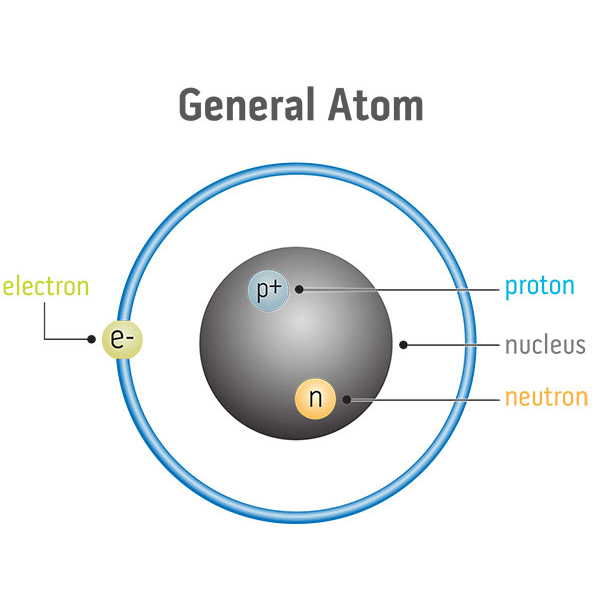Origin: a Latin derivative
meaning "Gift of the Earth."
- Shop
-
Our Story
- View Our Story Home
-
Who we are...
-
Who we are...
An essential oil company changing the world one drop at a time.
- About doTERRA
- Our Story
- Executives
- Science
-
-
What we do...
-
What we do...
Provide pure, high quality essential oils and products.
- About Essential Oils
- What is an essential oil?
- Why doTERRA?
- Essential Oil Safety
-
-
Why we do it...
-
Why we do it...
To empower you and your loved ones to live a wellness lifestyle.
- The dōTERRA Difference
- Co-Impact Sourcing
- CPTG® Quality Control
- Global Botanical Network
- Product Innovation
- Source to You
- Co-Impact Sourcing Projects
- Bulgaria
- Guatemala
- Additional Projects
-
-
dōTERRA[doh-ter-ah]
Video disabled by your privacy settings
-
Discover
- View Discover Home
- Healing Hands
- Product Education
- Blog
- Tools
-
doTERRA Events
 See All Events
See All Events
- Resources
- Help
Part 2: Fundamental Chemistry—Atoms

A single unit of an element is called an atom. At the center of an atom is a core called a nucleus that is composed of two types of subatomic particles: protons (positively charged particles) and neutrons (neutrally charged particles). Atoms are considered electrically neutral because they also have negatively charged subatomic particles called electrons that circle around the atom’s nucleus. The charges of the protons and the electrons balance each other ensuring that the atom has no overall charge. Sometimes, an atom will gain or lose electrons, giving it an imbalanced number of protons and electrons. When this occurs, that atom has a charge and is called an ion.
-
Share
- Share on Facebook
- Tweet this
- Pin it
-
Get Link
- Hi-Res Image




